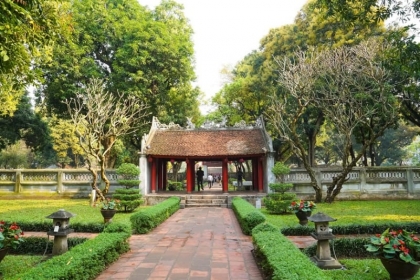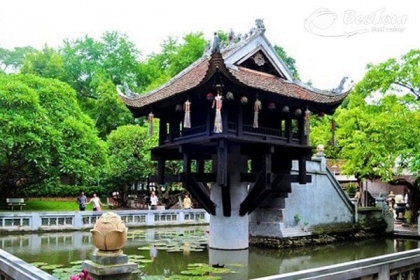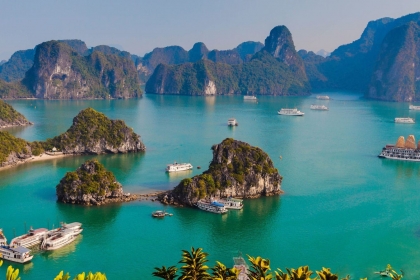Thang Long Imperial City
Introduction
Thang Long Imperial Citadel is a group of historical relics closely related to the history of Thang Long Citadel in Hanoi. This construction project was built through different dynasties and different historical stages, and has become a very important place in Vietnam's heritage system. In 2010, Thang Long Imperial City was included in the World Cultural Heritage List by UNESCO. World Cultural Heritage - Thang Long Imperial City.
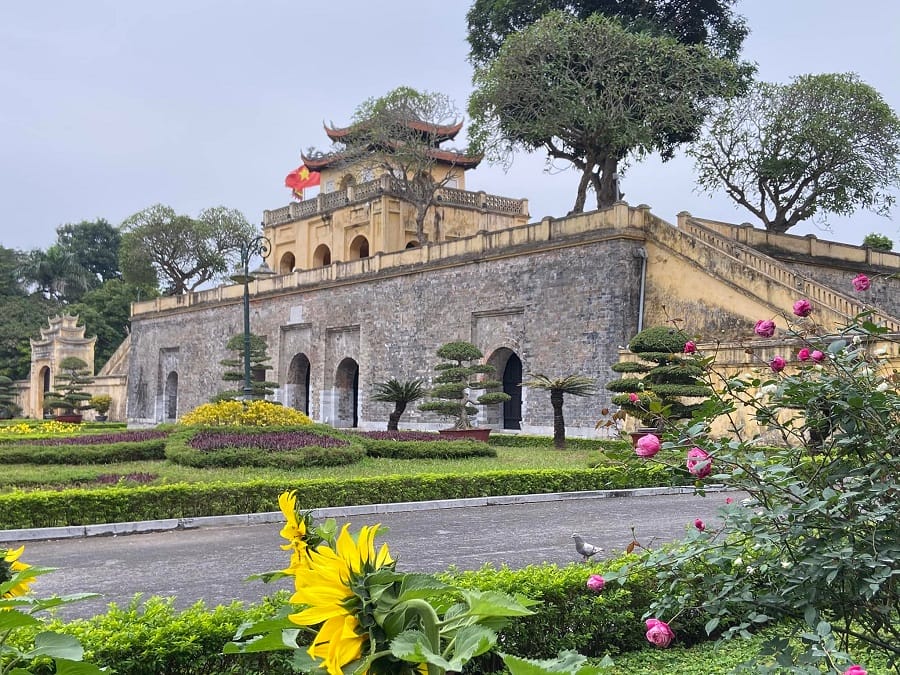
Featured attractions
Ten centuries ago, Emperor Ly Gong Yun (Lee Taizu) moved the capital from Hoa Lu, Ninh Binh Province to Da Luo City, and rebuilt Thang Long City on the basis of the original Da Luo City.
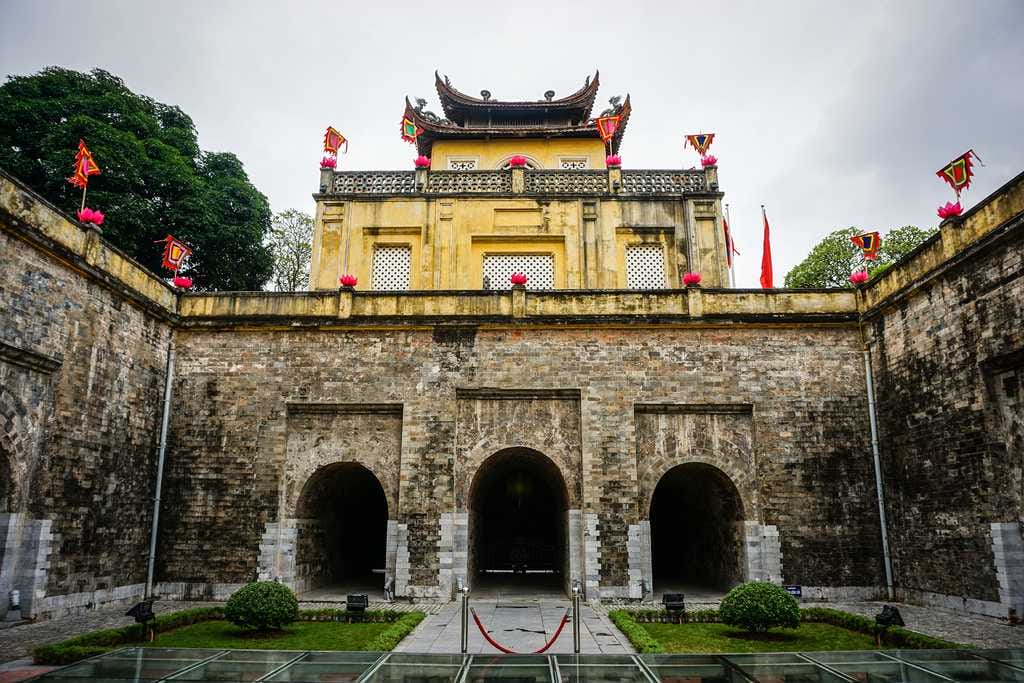
Thang Long City is divided into three levels from the outside to the inside: the outer city is called Luo City or Jingcheng; the middle city is called the Imperial City, where the imperial officials live and work; the smallest inner city is called the Forbidden City, which only serves the emperor, empress and A few palace ladies. For more than a thousand years, Thang Long City and now Hanoi City have witnessed the changes of feudal dynasties. Various wars also destroyed or buried many artistic and architectural projects, but the remains of Thang Long Imperial City still exist in the world. The outline of the square ancient capital built in 1835 during the Nguyen Dynasty can still be seen in the center of the imperial city.
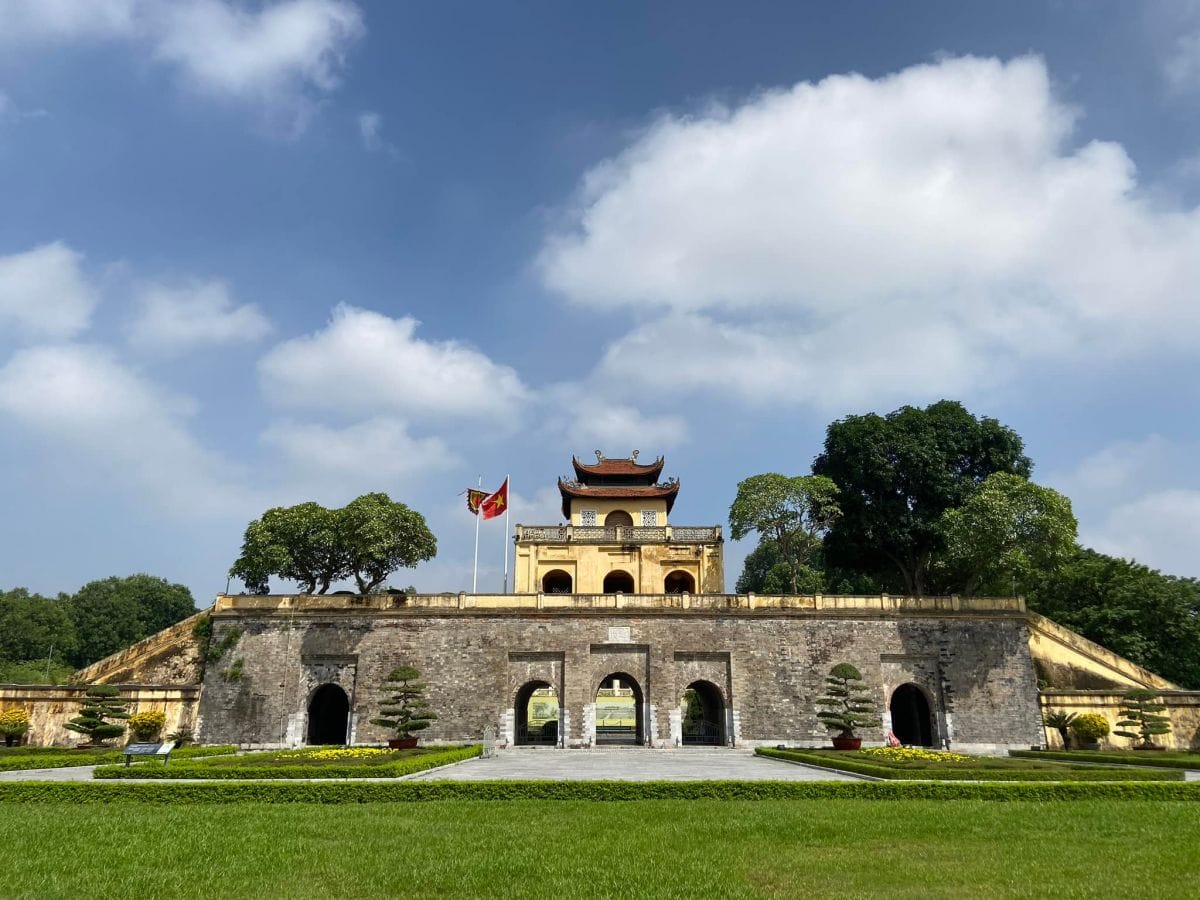
The streets around the ancient city still use the names of the ancient city gates, such as North Gate, South Gate, East Gate and other streets. Although the palace has not been preserved, there are still some architectural remains in the center of Thang Long Imperial City, such as the Duanmen Gate, Jingtian Hall, and the back building.
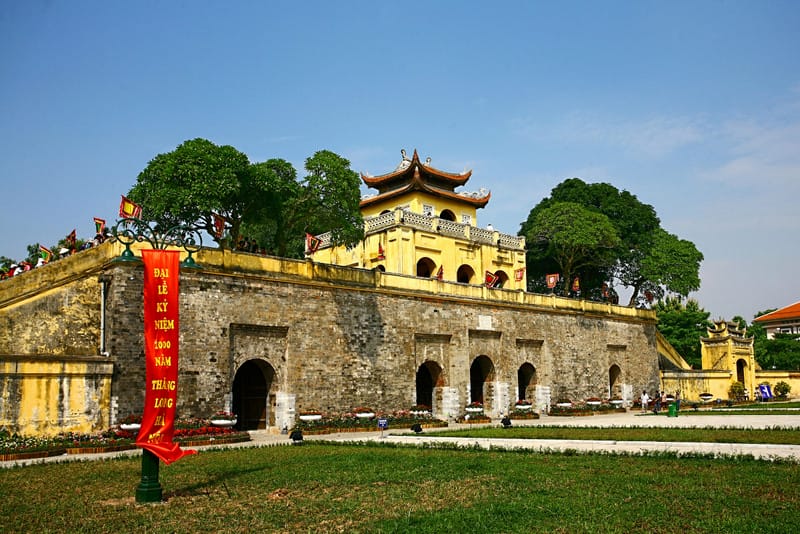
Located in the center of the imperial city, the Jing Tien Temple still retains two stone dragons built during the Le Dynasty in the 15th century. The north gate of the ancient city still maintains its original appearance. The most prominent one is a tower-like building, the 33-meter-high Hanoi Flag Tower.


Hanoi’s Thang Long Imperial Citadel has become the 900th site included in UNESCO’s World Heritage List. The Imperial City was built in the 11th century during the Li Dynasty of Vietnam and is a symbol of the independence of "Dai Viet". This is a large architectural work built by kings from many historical periods and has become one of the most important monuments in Vietnam's monument system. Until the 13th century, it was the center of regional political power.







